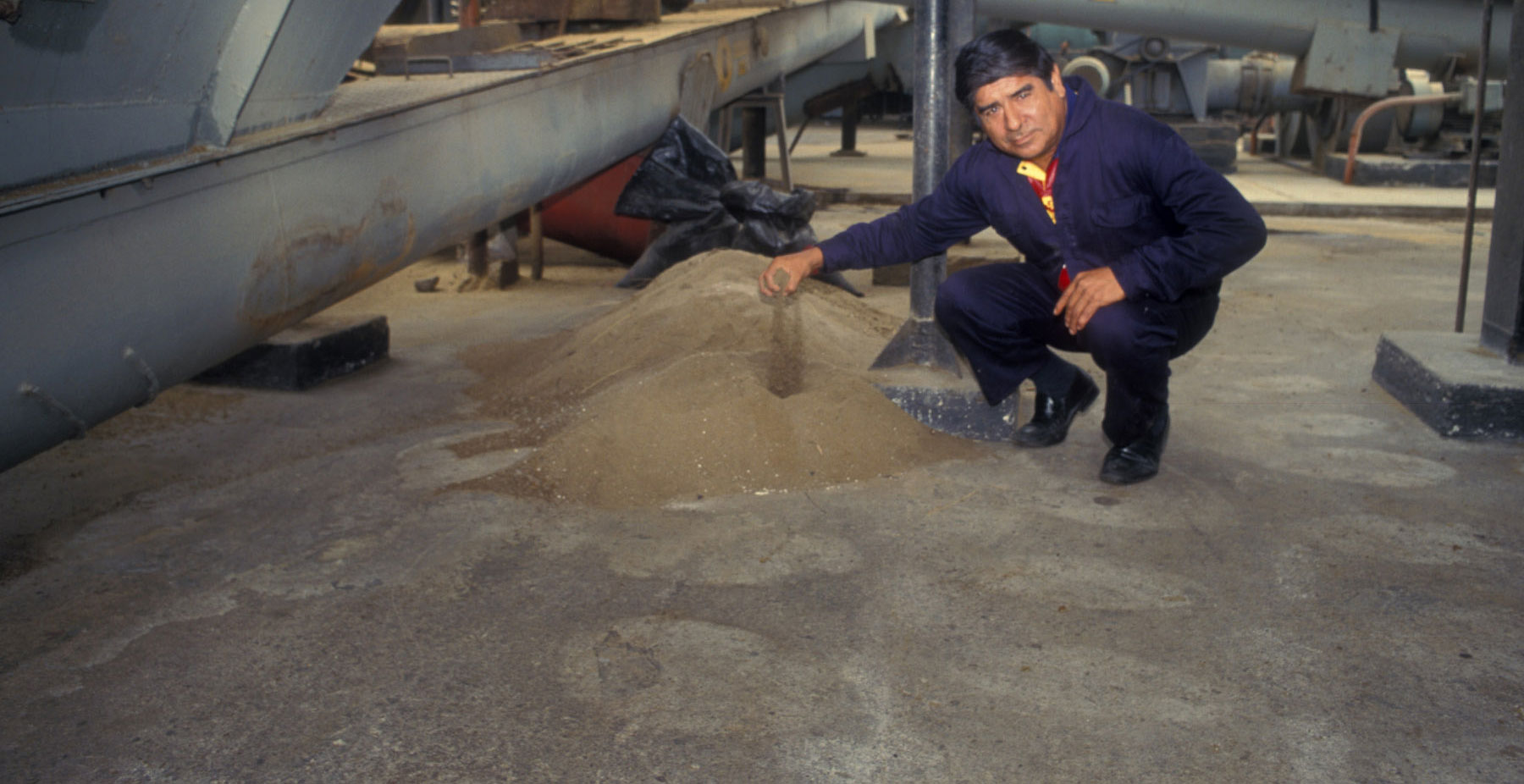Record short first fishmeal and fish oil season in Peru leads to a five year production low, prices declining partially due to hardship of companies

Production
On 27 July 2016, Peru's production ministry surprised the fishmeal and fish oil market by calling an end to the first center-north fishing season even though less than half of the quota had been met. The closure aimed to allow anchovy breeding to commence without interruption.
Adding onto the short season was the fact that the start of the first fishing season, which usually is in May/June, was pushed back to 1 July. The season was given a total allowable catch of 1.8 million tonnes, which was higher than expected as Imarpe's first biomass evaluation found insufficient volumes to even allow a season.
The merely 900 000 tonnes of landings from the first fishing season will be unable to even get close to meeting market demand. Furthermore, the first season was given a larger quota than the second one, thus market pressure is unlikely to be significantly alleviated by catches during the second season.
Further compounding the challenge of a short season is the effects of El Nino, which have significantly impacted South American anchovy fishing for the past three years. In 2014, the second fishing season was cancelled. In 2015, the production quantity was relatively better, but the start of the first fishing season was started earlier. This year, there was a one month delay of the start of the first season coupled with an unscheduled closure.
The statistics reflect the supply shortage. In the first half of 2016, Peru and Chile's combined production quantity of fishmeal amounted to only 311 000 tonnes, which is a 61 percent decline compared with the same period last year and in fact the lowest amount in the past five years. Major European fishmeal production was also lackluster in the first six months of 2016, hence, world production of fishmeal was almost halved compared with the corresponding period in 2015. This was the same situation for fish oil. From January to June, world fish oil production witnessed a 35 percent decline to only 156 000 tonnes.
Exports
Though Peru's export volumes of fishmeal grew by 13 percent during the first half of 2016 compared with the first half of 2015, the second Peruvian fishing season in 2014 was cancelled therefore making it more reasonable to make comparisons between the same time periods in 2014 and 2016. Analysing these time periods, fishmeal and fish oil export volumes from Peru plunged by 42 percent and 57 percent respectively.
Chile reported the same scenarios comparing 2014 and 2016, with decreases both in fishmeal and fish oil exports this year.
These significantly fluctuating exports have led to some analysts doubting Peru's long-term sustainability as a producer. In general, about 4 million tonnes of raw fish are needed for the processing industry to achieve market equilibrium, but in the past five years, production of anchoveta from Peru was ahead of this target only in 2013.
As usual, fishmeal and fish oil produced in the first half of 2016 was destined mainly for the Asian market. Peru exported 70 percent of its fishmeal to China, with this market becoming increasingly important for Peru. Among the top five importing countries for Peruvian product, Asia took four positions holding a market share of more than 75 percent of Peru's fishmeal. Chile also followed the Peruvian pattern by shipping large amounts of its output to the other side of Pacific.
Markets
In Asia, the start of the shrimp farming season began in late spring. Shrimp farming is highly feed oriented and as a result, a significant amount of fishmeal and fish oil was shipped to Asian countries as mentioned above.
Specifically, China registered 44 percent growth in fishmeal imports with clear diversified origins. Viet Nam and Thailand both almost doubled their imports.
North European countries, as the traditional farming areas of carnivorous fish species, continue to play a role in fishmeal and fish oil absorption. Norway increased its imports by 13 percent compared with the same time last year with Iceland leading the provision. For fish oil, import quantity leveled off.
Prices
Fishmeal prices have been climbing since February 2016 as the market foresaw tighter quotas. According to Index Mundi, super-prime fishmeal prices peaked around June, especially pushed up by the fact that the first survey result from Imarpe was insufficient to open the fishing season. The shortest Peruvian fishing season on record will continue to spur the price, however, the market now seems to be flailing. Some companies are exacerbating their financial woes in view of the poor catching. For instance, Peru's sixth-largest fishmeal producer was downgraded by Standard & Poor's on its 200 million ponds earlier this year due to the disappointing size of this year's catch. Furthermore, many future contracts have been sold by companies so as to harmonize their balance sheet. To a certain extent, this explains why the fishmeal price is slightly declining rather than climbing as supplies tighten.
The report analyses the market situation over the period January-October 2016

